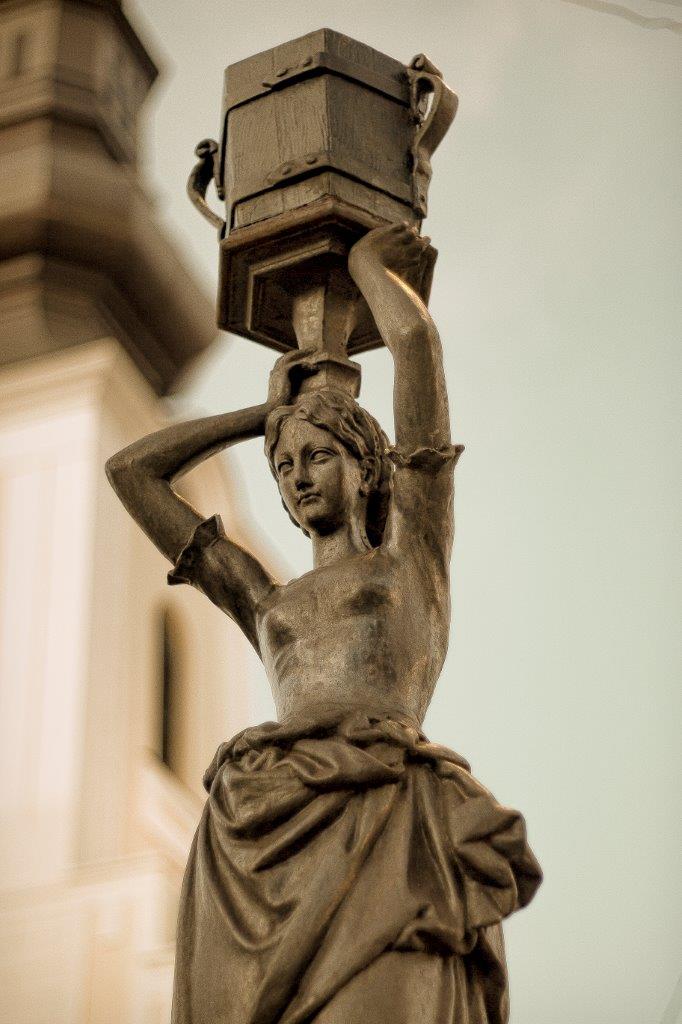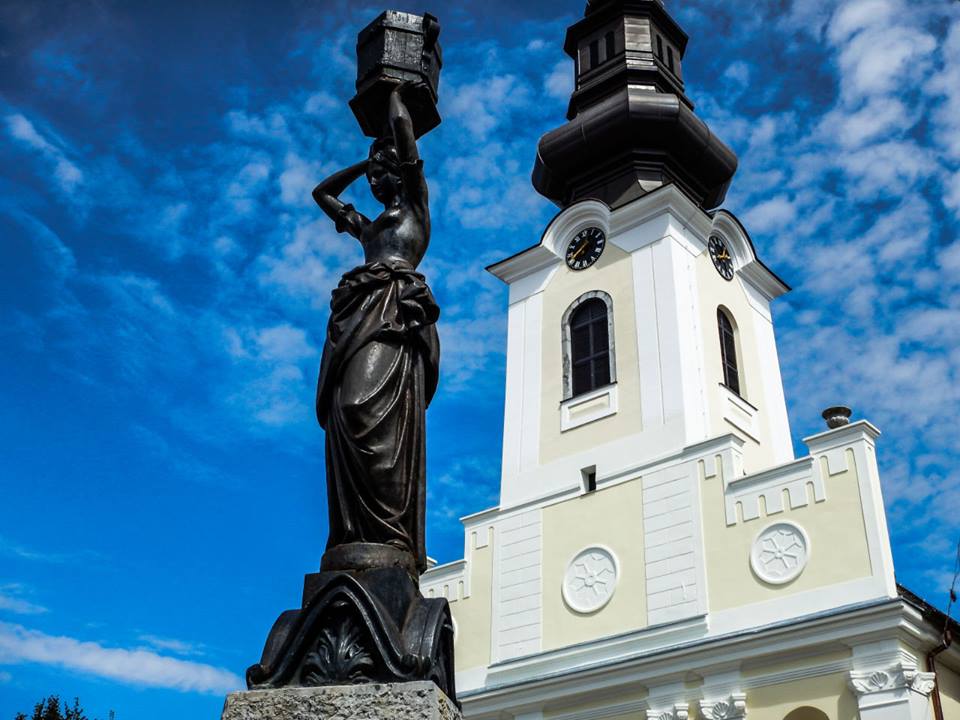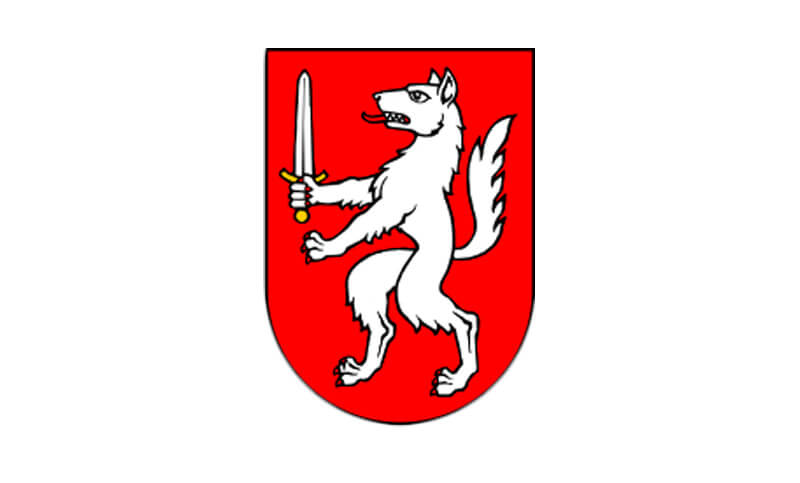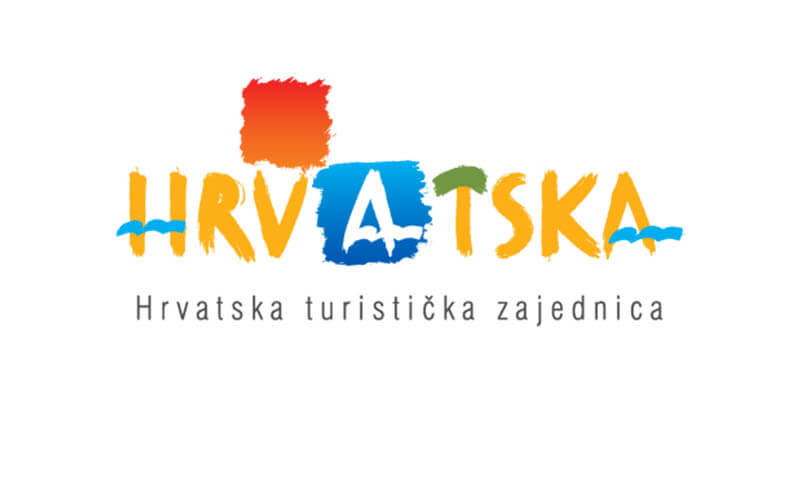The Town of Gospić
On the western edge of one of the largest karst fields in Croatia, Ličko polje, at the foot of the largest and most beautiful Croatian mountain Velebit, at the crossroads from north to south and on the banks of three rivers, Lika, Novčica, and Bogdanica is the town of Gospić, the economic, administrative, religious, and cultural center of the Lika-Senj County.
One of the legends about the origin of the name of Gospić is the story of two princesses, one of whom, named Gospava, founded a town here, while another story says that the city was named after the “hospitium”, an inn in Kaniža founded by Karlobag Capuchins in 1721. The writings of travel writers mention the story of a church near the old tower in which, or not far from it, there was a statue of Mary with Jesus in her arms, after which Gospić got its name.
The name Gospić was first recorded in historical sources in 1604. At that time, it was a small settlement which is mentioned as the village “Gospojina” in 1574. Significant development of Gospić began in the second half of the 18th century, when Gospić was built as a military-administrative center of the Lika Regiment but, in addition to the military one, Gospić also gained economic importance as a privileged center of crafts and trade. The process the city’s development in the 19th and 20th centuries is often limited by the consequences of world historical events that slow down the development of Gospić into a more important city center. The population in the area of the city dates back to prehistoric times, as far back as the Neolithic, and especially during the Iron Age and the time of Iapodes. The first written mention of the town is recorded in a document from 1263 as the area of Kasezi along the river Kaseg, today’s Novčica. Gospić is mentioned as the village “Gospojina” in 1574, and as a settlement in its present form in 1604. The foundations of today’s city are two Turkish towers and an old bridge around which the core of the city developed as an administrative, military, and cultural center during the time of the Military Border.

An old legend says that, in ancient times, two princesses traveled through this area. One of them, Gospava, was seriously ill, but after drinking water from the river that flowed there, she recovered and gave it the name Lika. There she built her tower, which was named Gospić after her. There is a legend that a small church with a statue of Mary with Jesus in her arms once stood next to the tower, and that Gospić was named after that.
The Day of the City of Gospić is on July 22 – on the feast of St. Mary Magdalene, and is celebrated solemnly.
While you’re in Lika, take some time to visit the Nikola Tesla Memorial Centre. At the birthplace of this world-famous scientist and visionary, you’ll learn interesting facts about his life and inventions, which he created for the benefit of all humankind.
Are you looking for a place that offers complete peace and privacy? A place where you’ll wake every day to the sounds of birds singing, where all you hear will be the sounds of trickling water, and silence? Are you searching for the perfect combination of natural features that will leave you breathless? Rich cultural and historical heritage? Active holidays?
Then Lika is the right choice for you!
Enjoy bike rides through the forests, hills and fields of Lika, and choose from a range of exciting and adventurous activities.
Try out paintballing, airsoft, sport climbing and kayaking at one of Lika’s adrenaline parks, or visit one of the many ranches and explore the region’s vast landscapes on horseback.
After a day spent exploring the many activities on offer, you may be feeling pleasantly tired. That’s the perfect time to treat yourself to some of the culinary delights of this region. Lika is famous for its škripavac cheese, as well as lamb, potatoes, honey and plum brandy (šljivovica). These products are produced on some of the cleanest meadows, pastures and fields in Europe. Lika has preserved the magic and power of nature, and it’s a place where every season of the year offers its own unique flavours. Visit us and discover them for yourself!
WATER WOMAN MARTA (VODARICA MARTA) – A SYMBOL OF THE CITY OF GOSPIĆ


The statue Water Woman Marta (Marta vodarica) is a sculpture from the 19th century, located in the centre of Gospić in front of the cathedral and is a symbol of the city.
The statue of the woman at the top of the fountain was named “Marta” after the first woman who came to pour water from the fountain. The sculpture is set on a high stone stand decorated with metal containers in the shape of a shell into which the water flows through metal gargoyles of lion shape. The fountain and sculpture were installed on the occasion of the commissioning of the water supply in the town of Gospić.
Oral tradition says that Marta lived in Gospić and that during the plague, cholera and other diseases she brought water to the sick. The statue weighs between 180 and 200 kg and was rebuilt in 2016.







